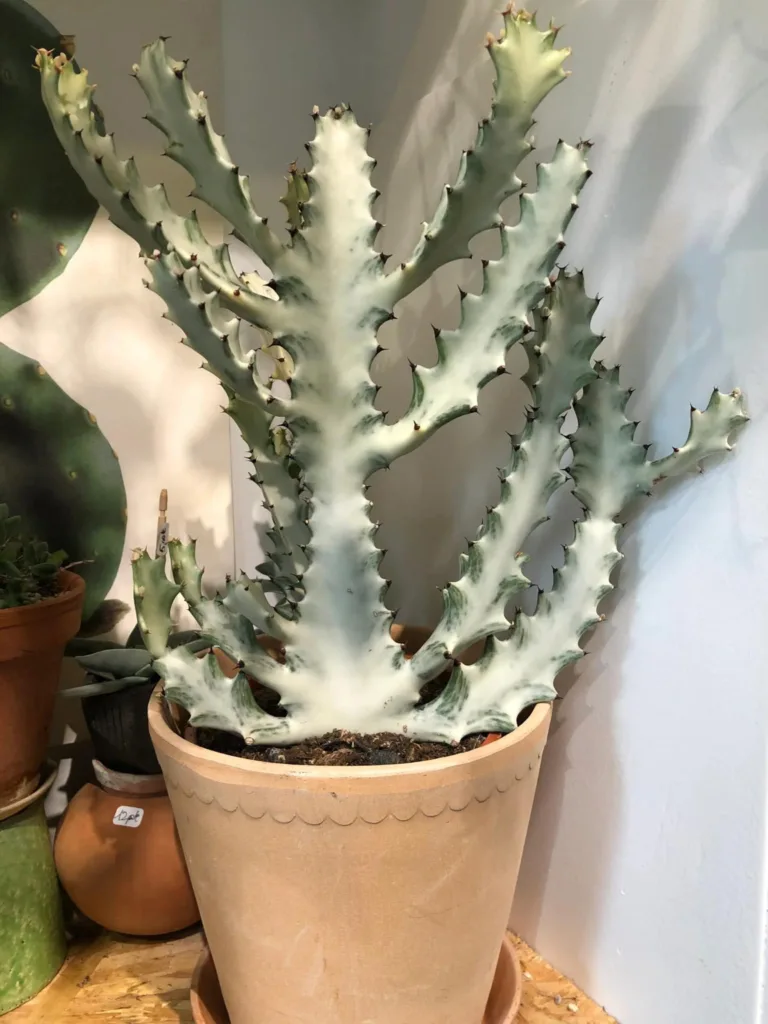Hoya Manipurensis: A Curious Climber with Enchanting Blooms
Hi everyone, Ferb Vu here! Today, we’re diving into the fascinating world of Hoya Manipurensis, a plant that’s as captivating as it is debated. Buckle up, plant enthusiasts, because this beauty has a story to tell.
566 Species in Genus Hoya
What is Hoya Manipurensis?
Hoya Manipurensis is a climbing vine known for its unique, pouch-like leaves and fragrant blooms. It’s native to the tropical regions of Manipur, India, where it thrives in warm, humid environments. But here’s the twist: its classification has been a hot topic for years.
Some folks classify it as a true Hoya, while others believe it belongs to the Dischidia genus. There’s even a suggestion it might be Micholitzia obcordata. The plot thickens, right?
The confusion stems from its physical characteristics. While its flowers share some similarities with Hoyas, the leaves resemble Dischidia more closely. Science seems to be siding with Hoya though, thanks to DNA evidence.
Hoya Manipurensis vs. Dischidia: A Tale of Two Climbers
So, how does Hoya Manipurensis stack up against Dischidia? Let’s break it down:
- Leaves: Hoyas typically have flat, waxy leaves. Dischidia, on the other hand, is known for its pouch-like leaves that hold water. Hoya Manipurensis leans towards the Dischidia side with its plump, water-storing leaves.
- Flowers: Both Hoyas and Dischidias boast beautiful, star-shaped flowers. However, Hoya flowers tend to be larger and more fragrant. Hoya Manipurensis follows suit with its clusters of sweetly-scented blooms.
- Growth Habit: Both genera are climbers, but Dischidia often has a more sprawling growth pattern. Hoya Manipurensis tends to be a more vigorous climber, readily attaching itself to supports.
In a nutshell: Hoya Manipurensis shares traits with both Hoyas and Dischidias, but leans slightly closer to the Hoya side in terms of classification and flower characteristics.
Is Hoya Manipurensis easy to care for?
It’s relatively easy to care for, as long as you provide bright, indirect light, proper watering, and moderate to high humidity.
How to care for Hoya Manipurensis?
Now that you’ve met the intriguing Hoya Manipurensis, let’s talk about keeping it happy:
Light: Provide bright, indirect light. Avoid harsh afternoon sun, which can scorch the leaves.
Water: Water deeply when the top inch of soil dries out. Don’t let your plant sit in soggy soil, as this can lead to root rot.
Humidity: Hoya Manipurensis thrives in moderate to high humidity. Consider using a humidifier or grouping it with other humidity-loving plants.
Soil: A well-draining potting mix formulated for orchids or succulents is ideal.
Fertilizer: During the growing season, fertilize monthly with a diluted balanced fertilizer. Withhold fertilizer during winter.
Support: Provide a moss pole or trellis for your Hoya Manipurensis to climb. This encourages healthy growth and allows it to showcase its cascading beauty.
Blooming: With proper care, your Hoya Manipurensis might reward you with clusters of fragrant, star-shaped flowers. Patience is key, as blooming can take some time for young plants.
How big does Hoya Manipurensis get?
It can grow several feet long with proper climbing support.
Is Hoya Manipurensis toxic to pets?
Yes, like many Hoyas, it can be toxic to cats and dogs if ingested. Keep it out of reach of curious furry friends.
Where can I buy Hoya Manipurensis?
Online retailers and specialty plant shops often carry this unique plant.
With its captivating looks, delightful fragrance, and interesting classification story, Hoya Manipurensis is a true conversation starter. By following these simple care tips, you can cultivate a thriving specimen that will bring joy to your plant collection. Happy growing!
If i die, water my plants!



